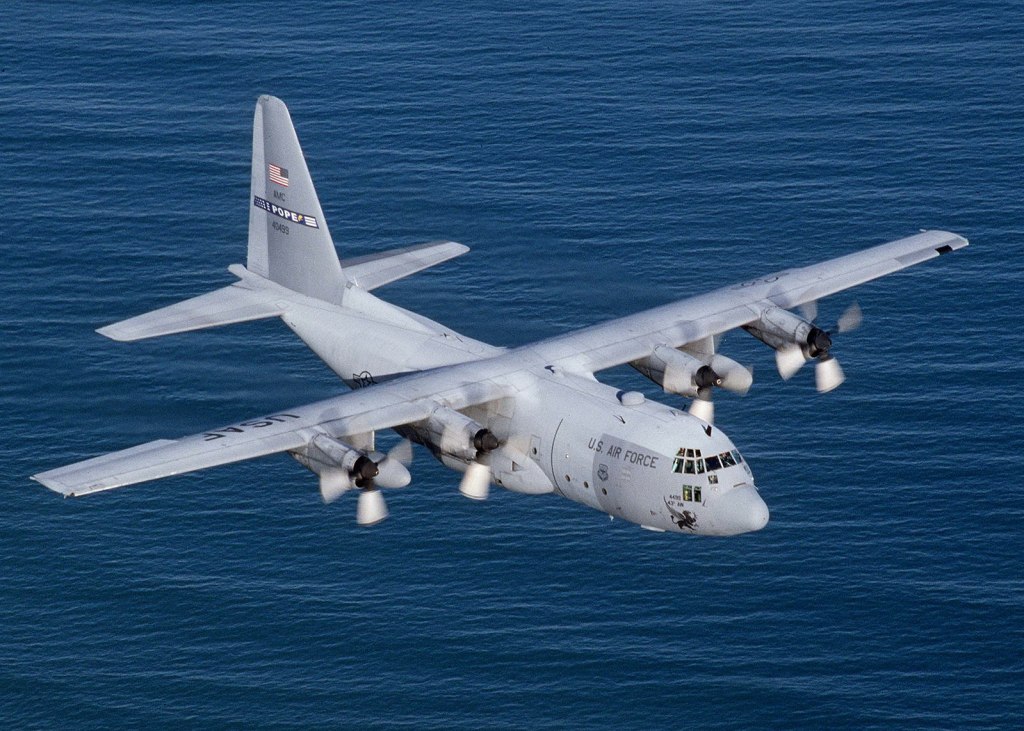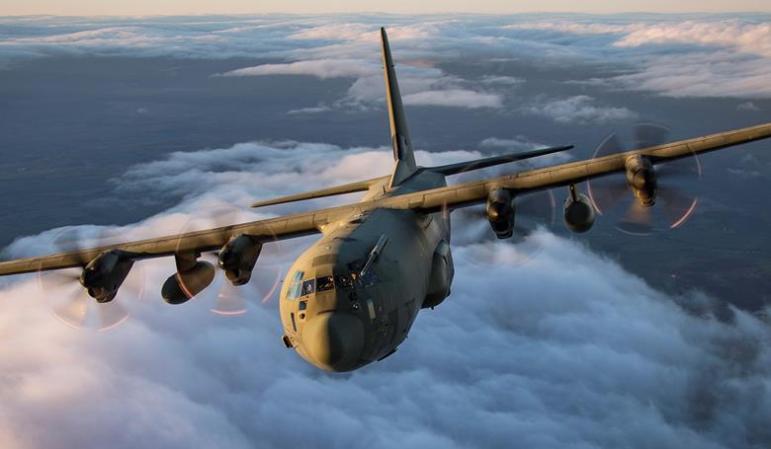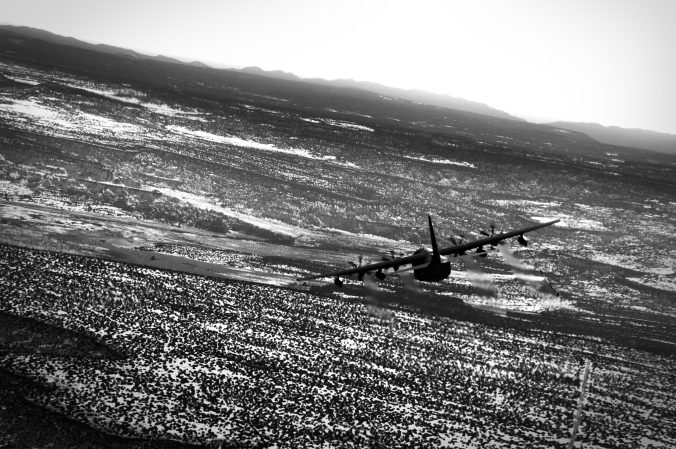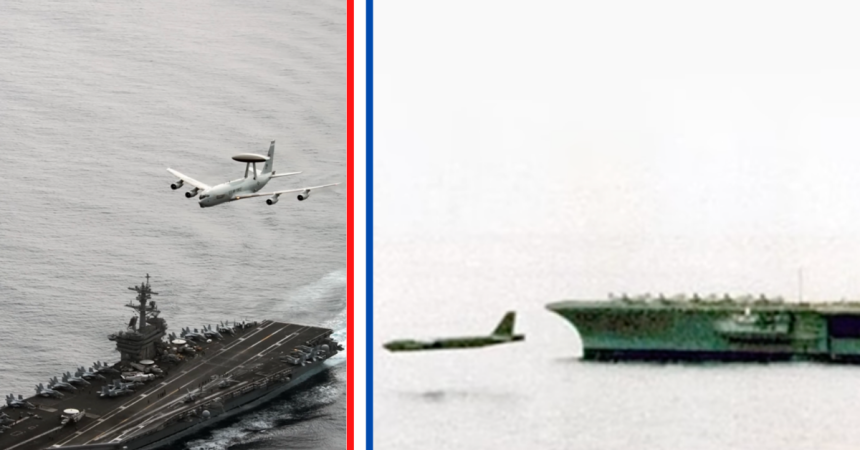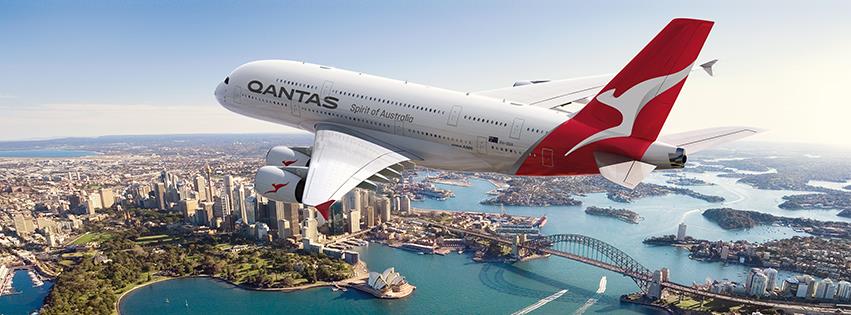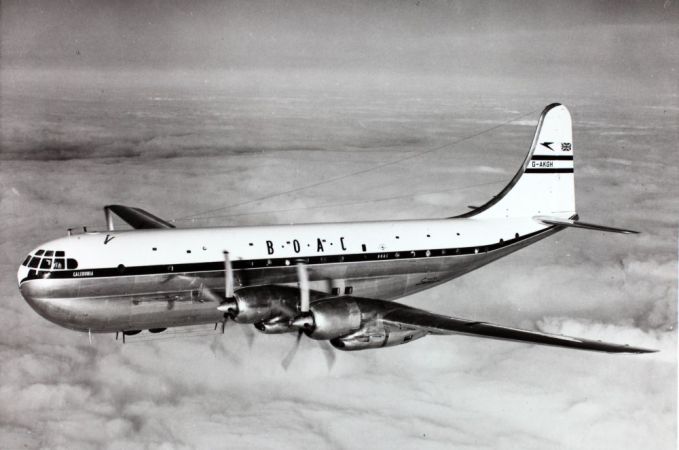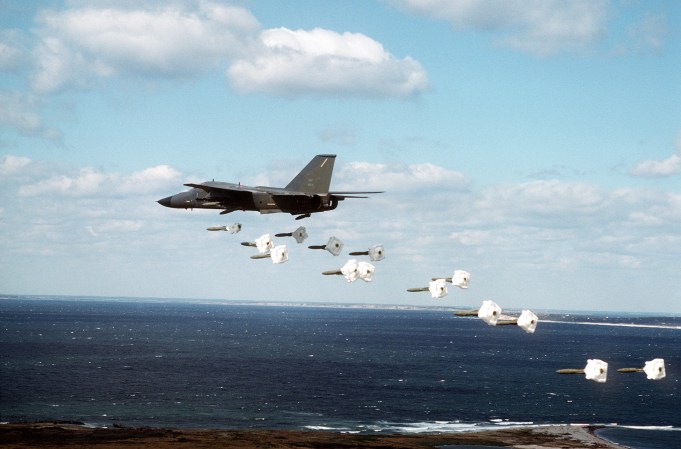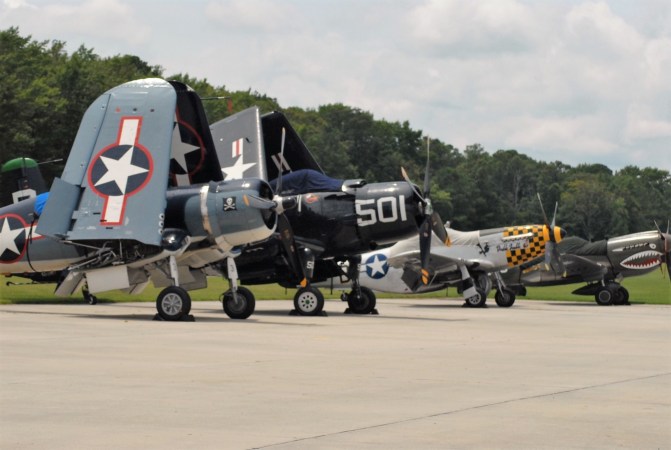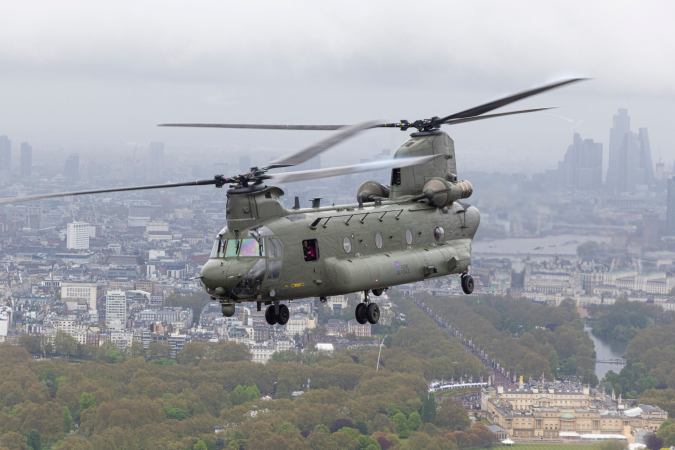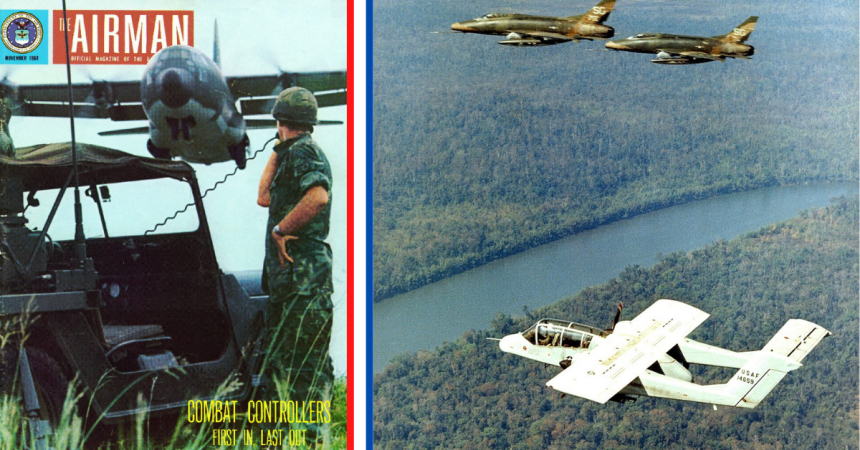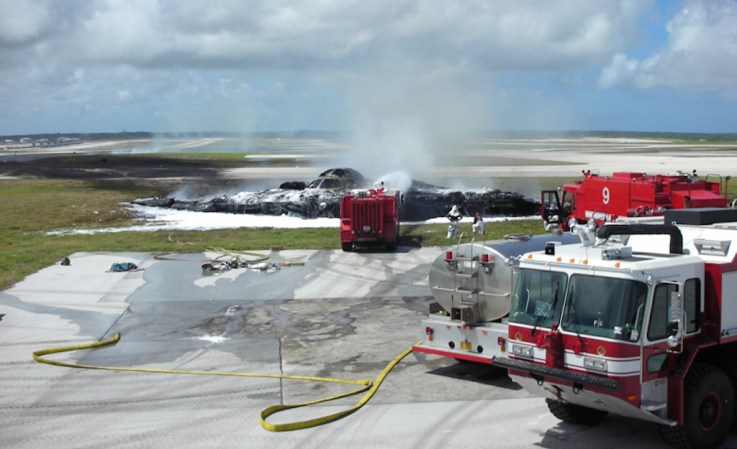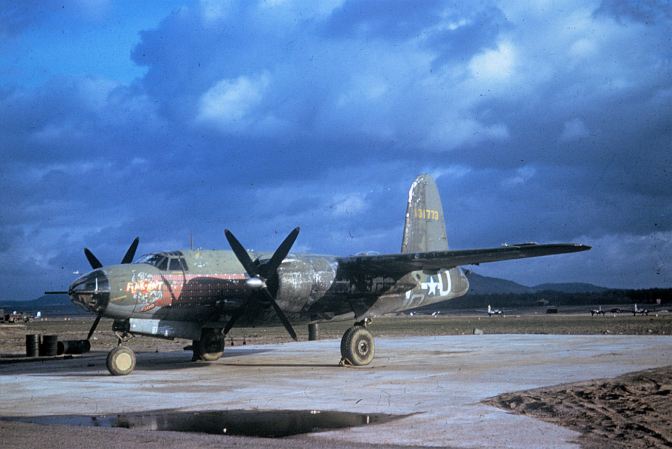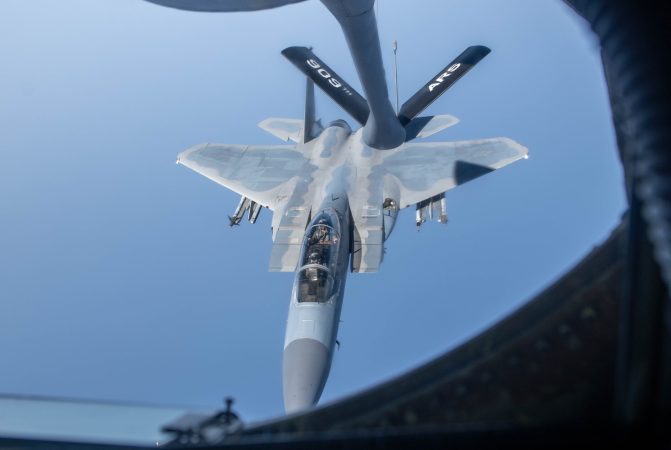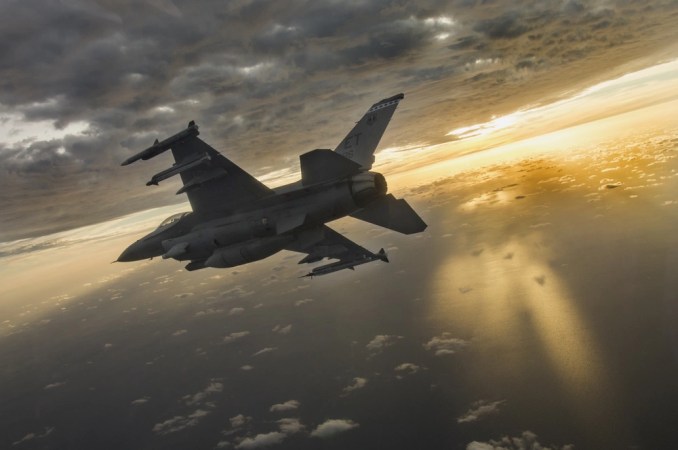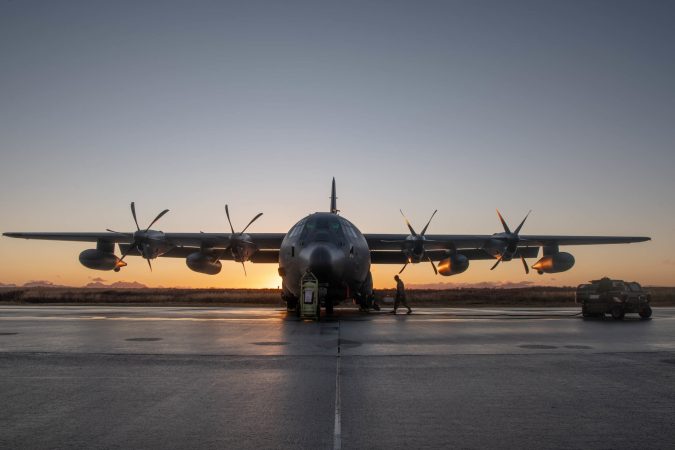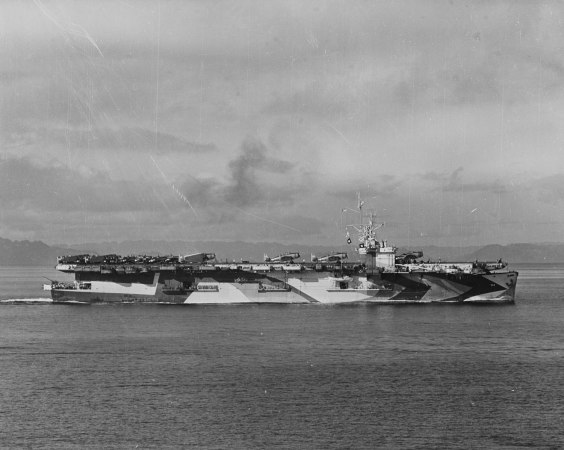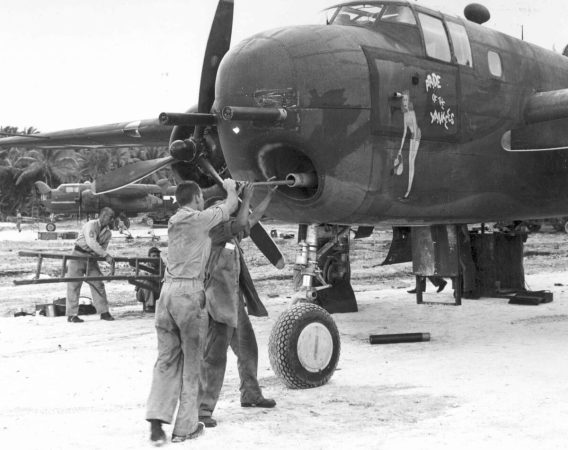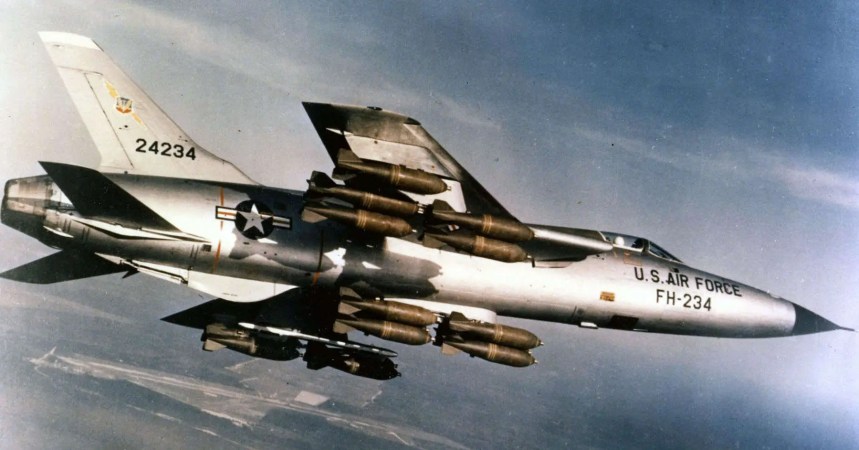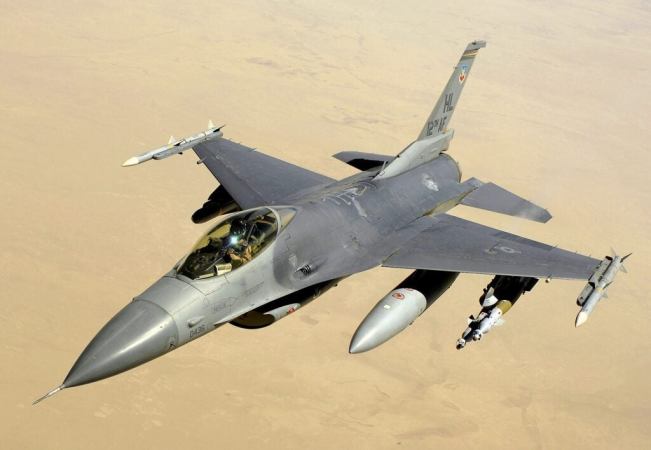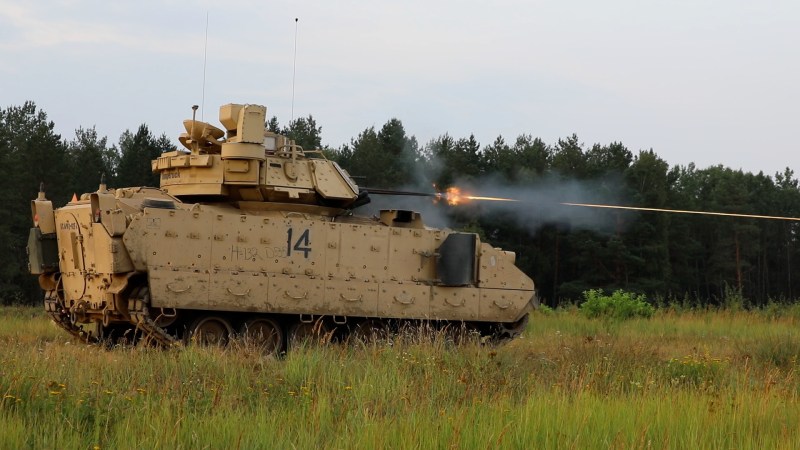America’s C-130 aircraft originally rolled out as a quick stopgap cargo plane during the Korean War. The rushed design served 70 years already with no end in sight, though. The Air Force keeps finding new ways to use it, from firefighting to flying radio stations to now, a mega-capable platform for launching missiles.
The Rapid Dragon concept allows C-130s to carry six advanced missiles. Or the larger C-17 could carry nine. Loaders can roll the missiles right onto any C-130 or C-17 without modifying the aircraft. Then, the planes fly into combat and launch the missiles by dropping them from the rear cargo door.
It’ll be awesome to see if they ever do that with the C-5 Galaxy.
As the Bulletin of Atomic Scientists points out, this could be a Dreadnought moment, when a new technology completely upends the current military order. But while Rapid Dragon would make cargo planes beasts on offense, they would be “Glass Cannons,” great at dealing damage but easy to strike against.
A truly game-changing design
First, let’s get this out of the way: The Air Force will almost certainly move forward with Rapid Dragon. It has passed all combat tests with flying colors. And the capability it gives America and its allies is game-changing.
It allows any medium to large cargo aircraft to become a super effective cruise-missile platform. Any crew trained in airdrops can, in theory, use the system. And so the American fleet of strike-capable aircraft would suddenly surge by 250 aircraft.
And any ally with sufficient control of their airspace to fly cargo planes through it could fight alongside America, even if they didn’t have the resources to buy sophisticated strike or bomber aircraft.
“It’s really easily exportable to our partners and allies around the globe that may want to increase the utility of their air force,” said Lt. Gen. Jim Slife, AFSOC commander, during a recent Air and Space Force Association event. “When you look at partner capability, we have a lot of partners around the globe that don’t have heavy bomber-type platforms that would be traditional carriers of those types of munitions, but they’ve got plenty of C-130s proliferated around the world.”
The Air Force tests so far focus on the Joint Air-to-Surface Standoff Missile-Extended Range cruise missile. But plenty of other cruise missiles would work.
And C-130s and C-17s cost a fraction per hour of the cost to fly a bomber or strike aircraft. This could legitimately change the game, like showing up to the Civil War with weapons, radios, and night vision. The C-130 and C-17 would become cannons. And the C-5 could be an apocalypse all on its own.
Two very big problems
But this plan immediately shows two huge problems. First, as the Bulletin of Atomic Scientists rightfully points out, America has a near-monopoly on advanced strike and bomber aircraft. No bomber is as stealthy as the B-2. The longest-range bombings in military history were all conducted with the B-2. The B-1 is almost 40 years old and is still one of the most capable bombers in the world.
But most countries have cargo aircraft, and cargo aircraft are easy to make. If, suddenly, cargo aircraft are the world’s most efficient bombers, then the gap between American, Russian, and Chinese bomber fleets will get a lot smaller as soon as Russia or China can copy this very simple design.
But that may be an overblown worry because of the second issue: There’s a reason that no purpose-built bombers look like cargo aircraft. Cargo aircraft are not survivable when targeted by enemy aircraft or anti-aircraft missiles.
They’re not stealthy, not agile, and crews aren’t trained to deal with the kinds of hazardous conditions common in an air battle.
There’s a term for this, possibly derived from fantasy gaming: A glass cannon. It’s a unit or character-type in a game that can annihilate enemy forces but dies the moment anything else attacks it, like a cannon made of fragile glass.
There is another issue raised by the BAS that, while worth discussing, is likely overhyped. They fear a world where nuclear-armed foes cannot rely on their ability to knock out each other’s nuclear launch platforms. But since the strongest nuclear-armed powers all have submarines with nuclear missiles on them, none of them can guarantee a first strike would neutralize their enemies, anyway.

Where would Rapid Dragon work?
But despite the risks of proliferation, Rapid Dragon will almost certainly make it to the field. In conflicts like Ukraine, where neither side can reliably control the air, the program would have little effect. The cargo planes will need to fly high to release their payloads, let it fall, let it release missiles that then fall, and then have the missiles ignite and begin their own flight.
And since the missile falls a significant distance during that chain, the missile will need to gain altitude after it is released, decreasing its max range. In Ukraine, planes cannot fly at the high altitude needed without risking being shot down.
But anywhere America or an ally controls the sky, Rapid Dragon would drastically increase the mass of strike-capable aircraft. It reduces costs for users, and, in some cases, it would reduce complexity. When you control the skies, it’s easier to have cargo planes launch missiles than to have them ferry missiles to a base, transfer the missiles from the cargo aircraft to the strike aircraft, and then have the strike aircraft launch the weapons.


